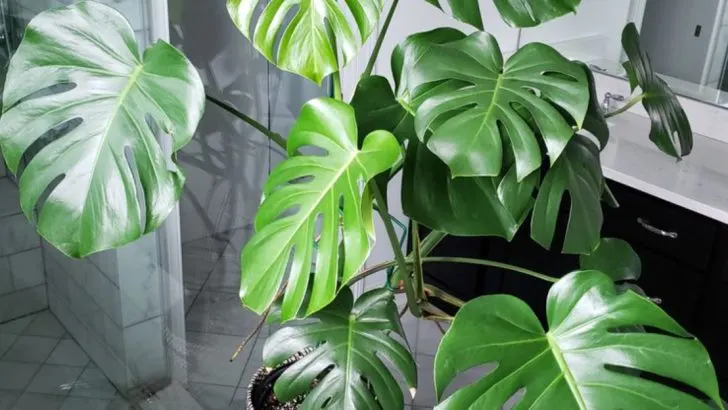Growing large houseplants from cuttings in water is an easy and rewarding way to expand your indoor jungle without spending a fortune. Many popular plants, from lush Monsteras to graceful Philodendrons, thrive when propagated in water, making it simple to create stunning greenery with minimal effort.
Not only does water propagation allow you to watch the roots develop, but it also eliminates the need for soil while keeping maintenance low. With the right conditions—fresh water, indirect light, and occasional nutrients—your cuttings will flourish into full-sized statement plants over time.
Explore these 19 stunning houseplants that can grow from water cuttings and bring effortless greenery into your home!
Monstera Deliciosa

The striking split leaves of Monstera Deliciosa add a touch of the exotic to any interior. A popular choice for propagation, its long stems can be placed in water, where roots will begin to form. Change the water every few weeks to keep it fresh and clear.
Ensure that each cutting has at least one node, as this is where roots will grow. After a few weeks, you’ll notice the transformation as new roots appear, paving the way for more lush foliage. This plant thrives in bright, indirect light, making it perfect for living rooms and study areas.
Fiddle Leaf Fig
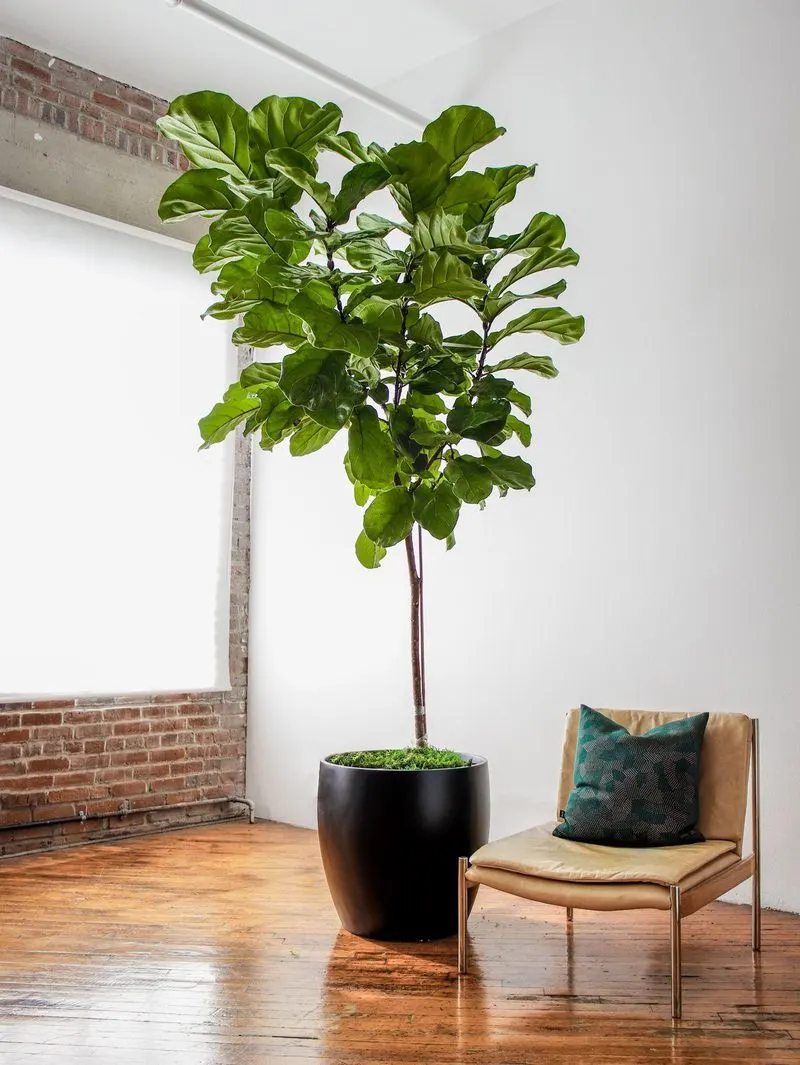
Known for its large, glossy leaves, the Fiddle Leaf Fig is a statement piece. Propagating this beauty in water is straightforward. Simply cut a stem that has at least three leaves and place it in a jar of water.
Ensure it receives ample indirect sunlight and watch as roots begin to develop. Patience is key, as it might take a few weeks to see significant growth. Once roots are established, you can transfer it to a pot or let it continue growing in water. Its impressive foliage brings elegance to any room.
Rubber Plant
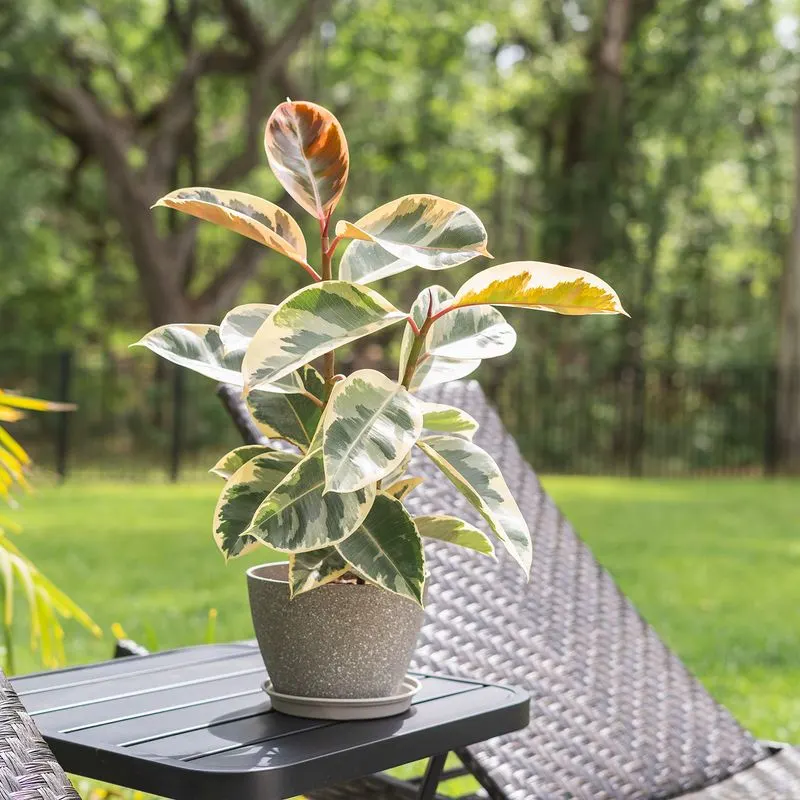
The Rubber Plant, with its broad, glossy leaves, can be easily propagated from cuttings in water. Clip a healthy stem and immerse it in a container filled with water, ensuring at least one leaf node is submerged.
This plant prefers indirect light, so place it near a window where it can soak up gentle rays. In a few weeks, roots will start to sprout, and you’ll see new growth emerging. It’s a resilient plant that thrives in many conditions, making it an excellent choice for both new and experienced plant enthusiasts alike.
Philodendron
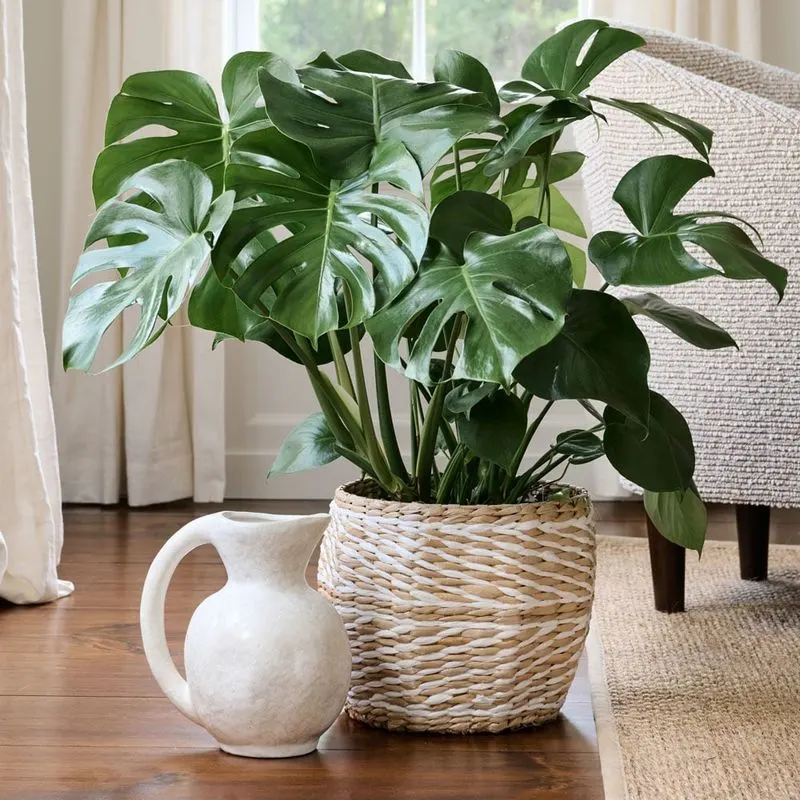
Philodendrons are the epitome of low-maintenance charm. Their heart-shaped leaves and trailing vines make them a favorite among indoor gardeners. Cuttings are best taken with a node and placed in a jar of water.
This plant does well with indirect sunlight, and you’ll find that its growth is relatively quick. Within weeks, roots start forming, and soon enough, new leaves will unfurl. It’s an adaptable plant that adds a touch of greenery to any space, whether perched on a shelf or hanging elegantly from a planter.
Peace Lily
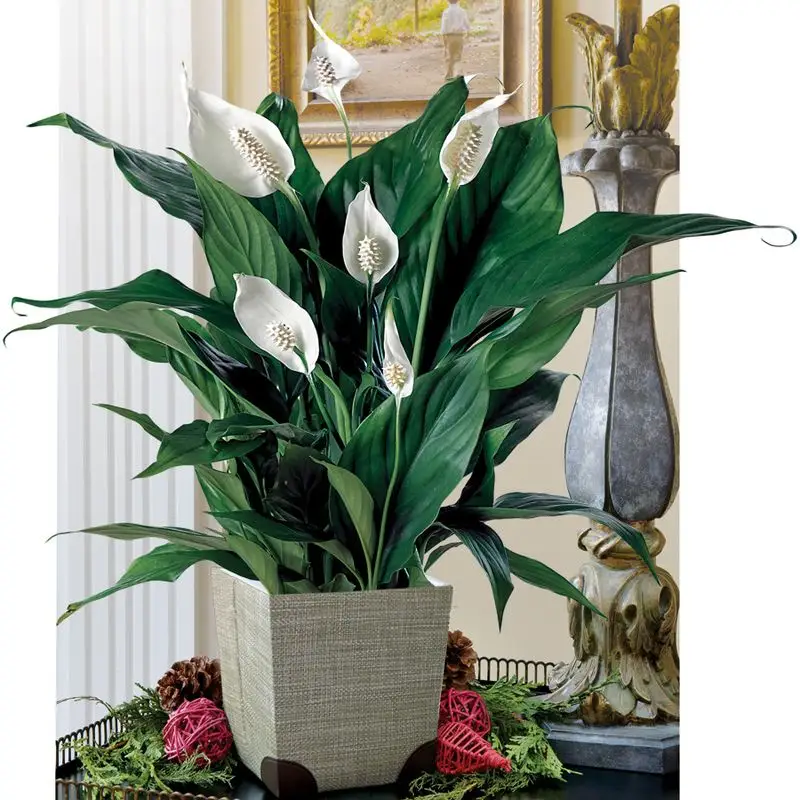
Peace Lilies are known for their graceful white blooms and lush foliage. Propagating them in water involves slicing a section with at least two leaves and placing it in a clear container.
Keep it in a well-lit area, but out of direct sunlight, to avoid damaging the leaves. Within a few weeks, new roots will start to grow, and the plant will begin to thrive. Its preference for humid conditions means it appreciates a gentle misting now and then. This elegant plant makes a serene addition to any home.
Spider Plant
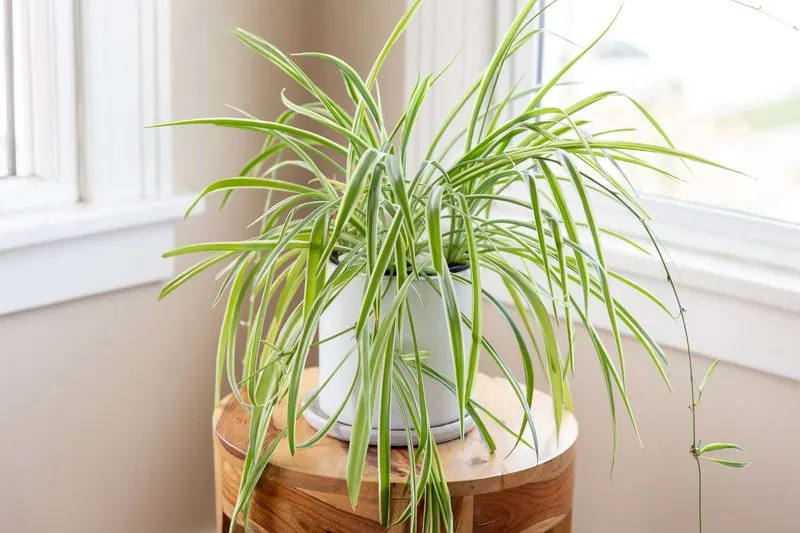
The resilient Spider Plant, with its arching leaves and baby ‘spiderettes,’ is perfect for propagation in water. Snip off a plantlet and place it in a container, ensuring the base is submerged.
It thrives in varied light conditions, though indirect sunlight speeds up root growth. Regularly change the water to keep it fresh and free of algae. Before long, you’ll see a network of roots developing, ready for potting or continued growth in water. This plant is a favorite in homes and offices due to its air-purifying properties.
Pothos
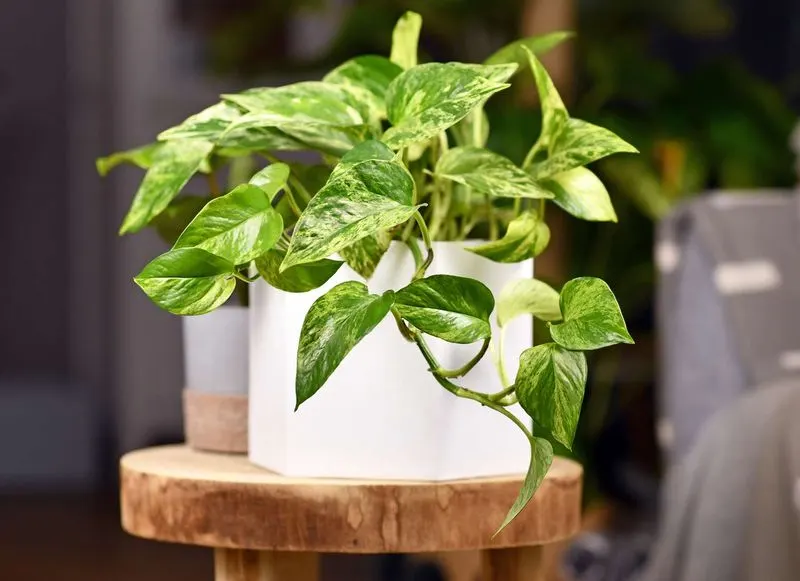
Pothos is a gardener’s dream with its easy-growing nature and cascading vines. For water propagation, snip a vine with several leaves, ensuring one or two nodes are submerged in water.
Place it in indirect sunlight, and within weeks, you’ll witness the emergence of roots. Its forgiving nature allows it to thrive in various conditions, and it continues to grow even with minimal care. Pothos is versatile and can be styled in numerous ways, whether trailing from shelves or hanging in baskets.
ZZ Plant
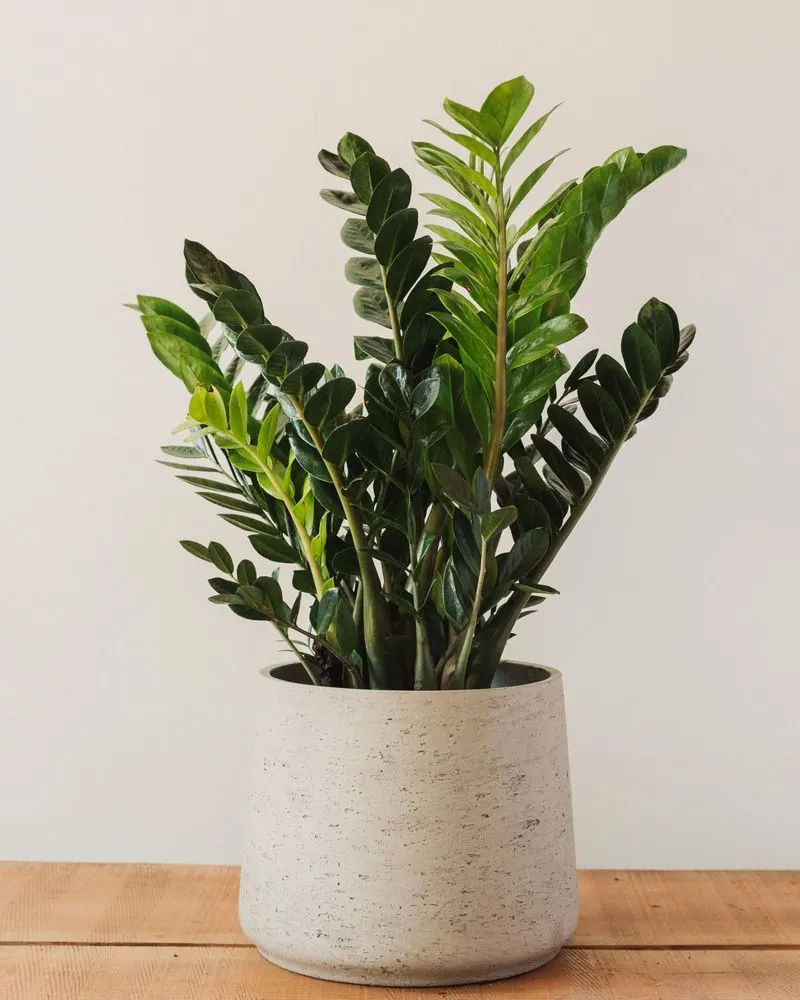
The ZZ Plant, known for its resilience, features thick, waxy leaves and is incredibly easy to propagate in water. Cut a healthy stalk and immerse the cut end in a glass of water.
Position it in a spot with bright, indirect light. Though slow to start, the plant will eventually develop roots over several weeks. Its sturdy nature makes it ideal for those who might forget their plants occasionally. As a bonus, the ZZ Plant is known to improve air quality, making it a functional addition to any indoor space.
Umbrella Plant
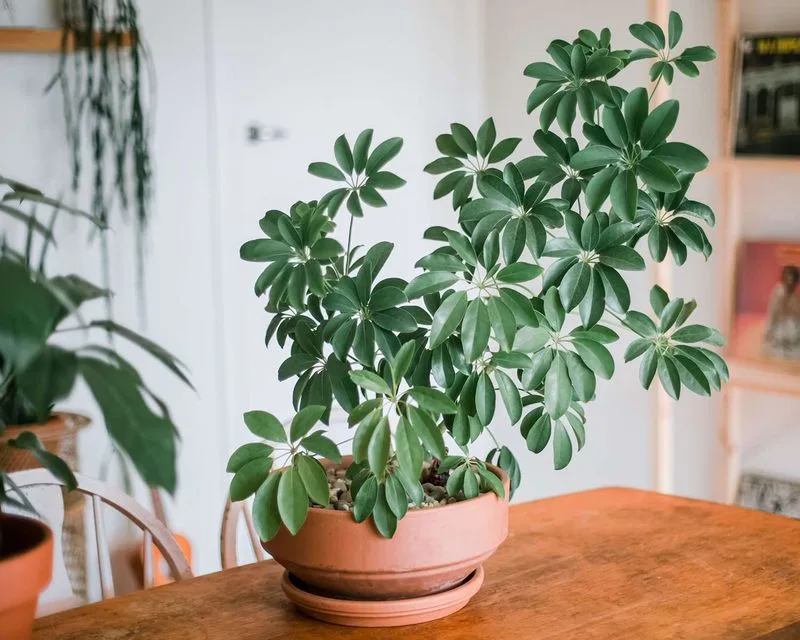
Umbrella Plants, with their shiny, umbrella-like leaves, are a fantastic option for water propagation. A cutting with several leaf clusters can be placed in a container of water, where it will slowly begin to root.
Position it in a place with indirect light, changing the water regularly to keep it clear. Over time, the roots will form, and new growth will appear. This plant is not only easy to grow but also adds a touch of elegance and vibrancy to interiors with its unique leaf structure and robust growth.
Schefflera
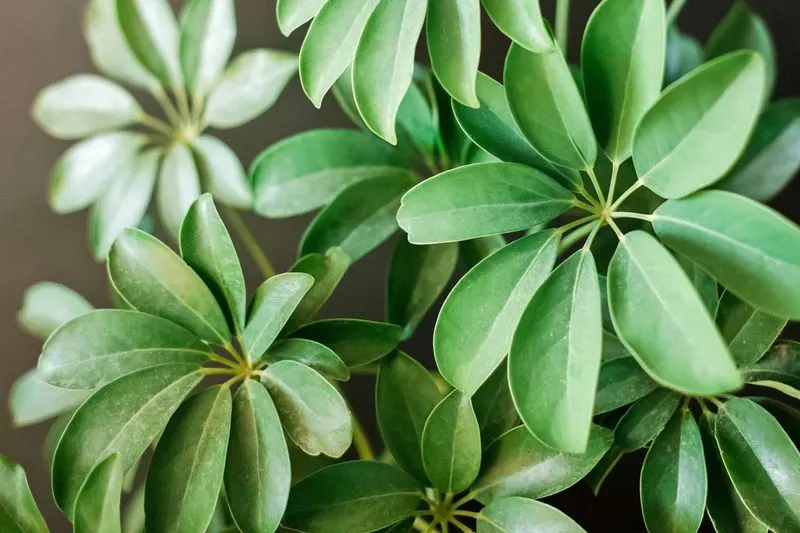
Schefflera, affectionately known as the umbrella plant, is admired for its glossy, multi-leaf pattern. To propagate in water, take a cutting with a few leaf clusters and submerge a node in water.
Place it where it can receive bright, indirect sunlight, and change the water regularly. Roots will eventually form, and the plant will start to grow. Its resilience makes it a great choice for those new to gardening, while its elegant appearance complements a variety of interior styles. Embrace this easy-going plant and enjoy watching it thrive.
Croton
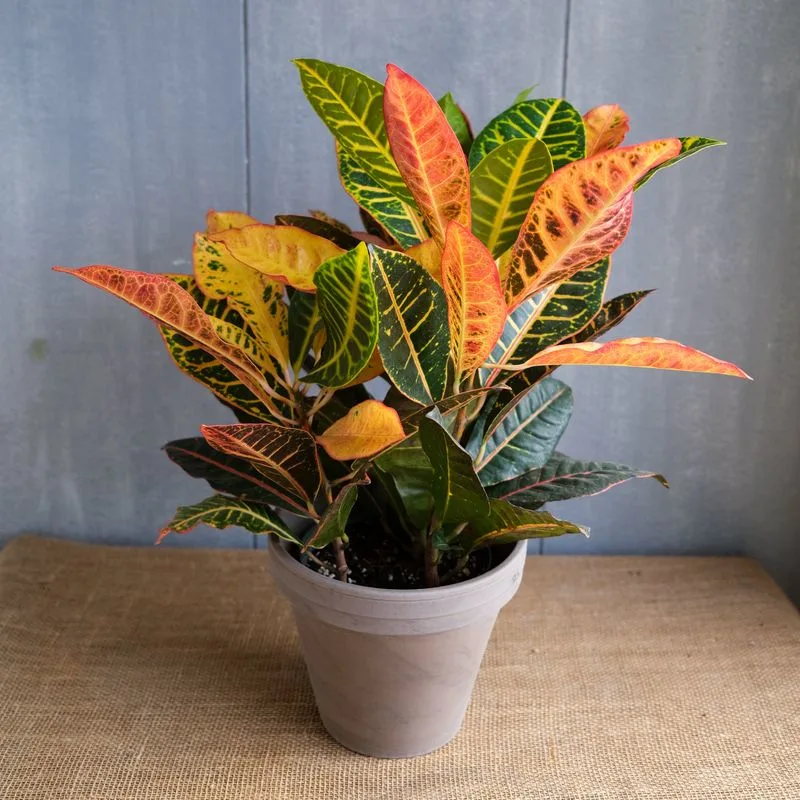
Crotons are known for their vibrant, multi-colored leaves and add a burst of color to any room. Take a cutting with at least one node and a few leaves, and place it in a water-filled container.
This plant enjoys bright light, so position it near a window for optimal growth. Over time, roots will develop, and new shoots will emerge. The Croton’s striking appearance makes it a favorite among indoor gardeners looking to add a splash of color. Be patient with root development, as it can be slower compared to other plants.
Dieffenbachia
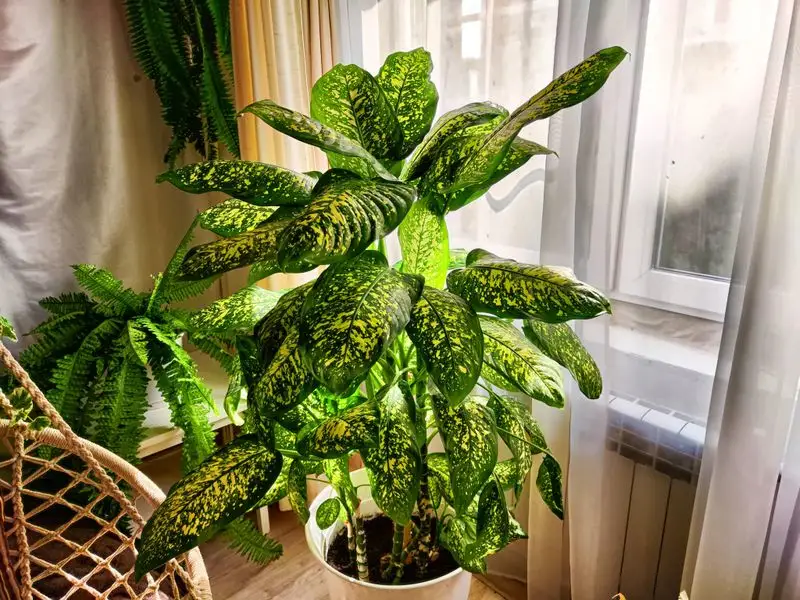
The Dieffenbachia, or Dumb Cane, boasts striking variegated leaves and can be easily propagated in water. Cut a stem with a few leaves, ensuring there is a node, and place it in a jar of water.
Position it in bright, indirect light and watch as roots begin to form over a few weeks. This plant adds a bold touch to interiors with its large leaves and unique patterns. Though beautiful, handle with care, as its sap can be irritating to skin and eyes. It’s a remarkable choice for adding drama to your plant collection.
Swiss Cheese Plant
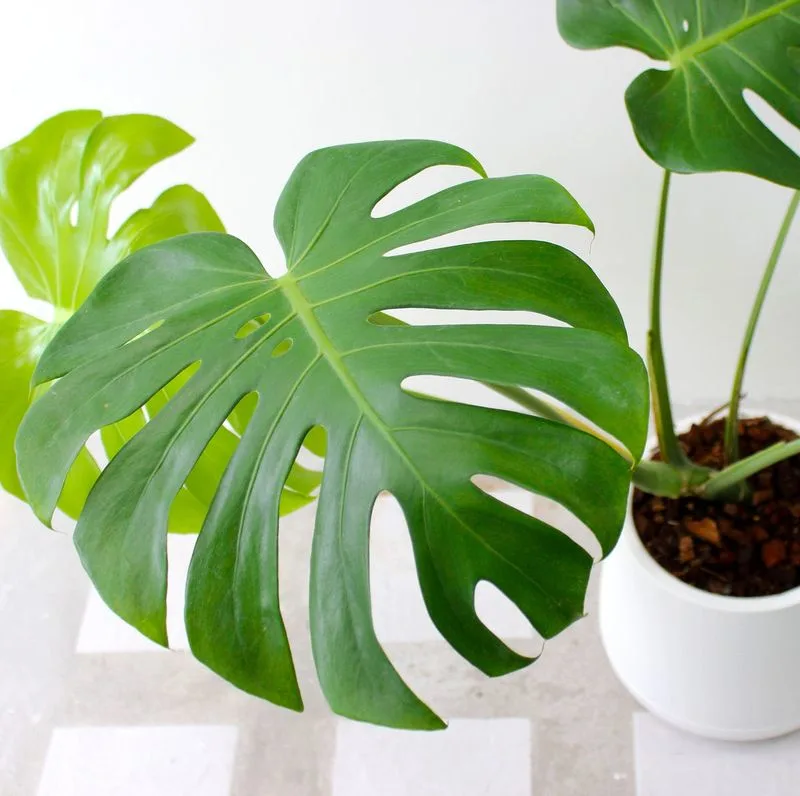
With its intriguing leaf patterns, the Swiss Cheese Plant is a fascinating addition to any indoor garden. Propagate by taking a cutting with at least one node and placing it in water.
Ensure it receives indirect sunlight, as too much direct light can scorch its leaves. Over time, roots will develop, and new leaves, complete with their signature holes, will start to appear. This plant thrives with regular water changes and occasional misting, making it a delightful and unique option for plant enthusiasts looking to expand their collection.
Peace Lily

Peace Lilies are renowned for their graceful white blooms and lush, dark green foliage. They’re quite straightforward to propagate in water. Simply take a section of the plant with at least one leaf and submerge the base in a clear container of water.
Place it in a spot with indirect light, avoiding direct sunlight that might scorch its leaves. With proper care, roots will begin to form, and the plant will start to thrive within a few weeks. Known for its air-purifying qualities, the Peace Lily adds a serene touch to any space.
Snake Plant
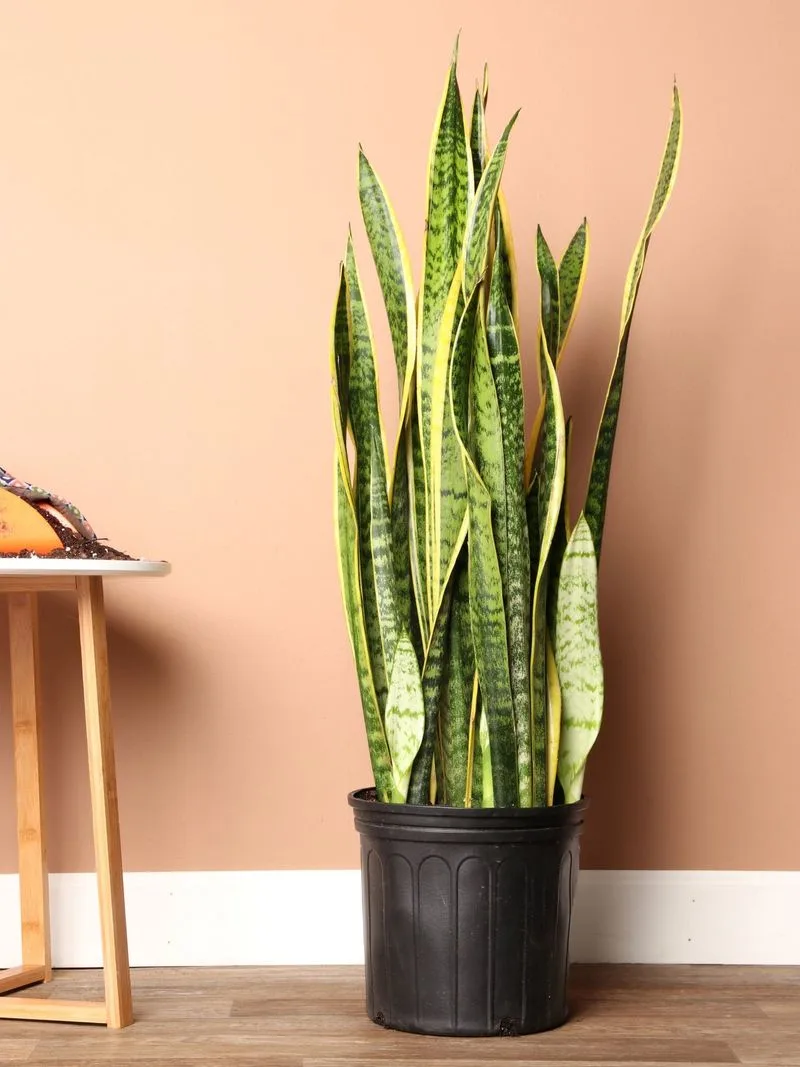
The Snake Plant, with its tall, sword-like leaves, is a hardy option for water propagation. Cut a leaf into sections, ensuring each piece has a node, and place it in water.
It thrives in various light conditions, though brighter spots encourage faster growth. As roots develop, you’ll notice new shoots appearing. Renowned for its air-cleaning properties, this plant is perfect for offices and bedrooms. Its low-maintenance nature means it’s forgiving of neglect, making it an excellent choice for those with busy lifestyles looking to enjoy greenery without fuss.
Dracaena
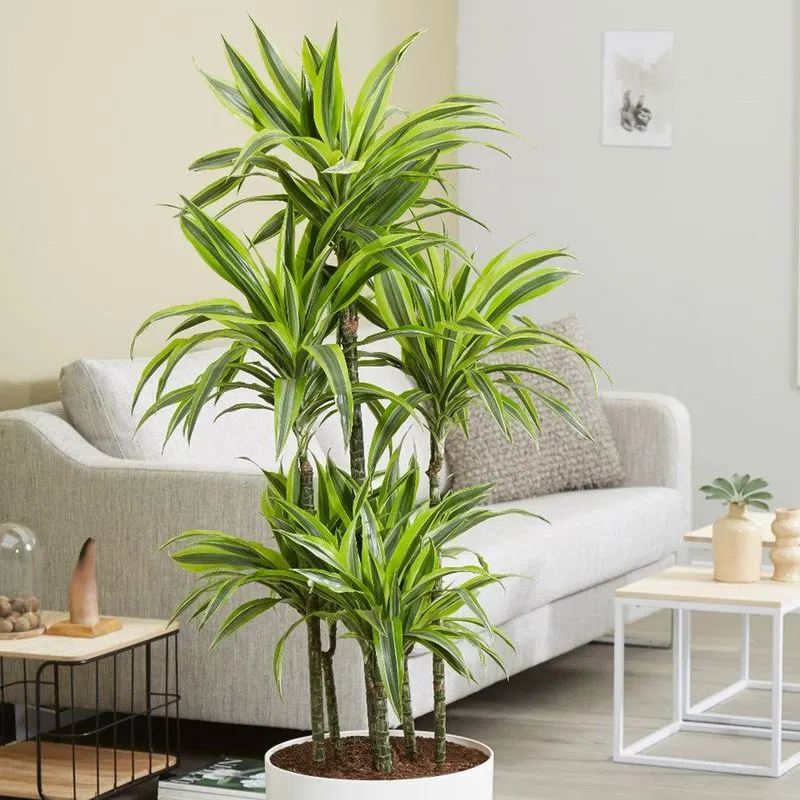
Dracaena, with its long, slender leaves, offers an elegant look to any indoor space. Propagation in water is straightforward; take a cutting with a few leaves and immerse its base in water.
Position it where it can enjoy indirect sunlight, and change the water regularly. Although it may take some time, roots will eventually form, followed by new growth. Dracaena is adaptable and suits a variety of decor styles. Its ability to thrive in lower light conditions makes it versatile, perfect for adding understated sophistication to your home.
Alocasia
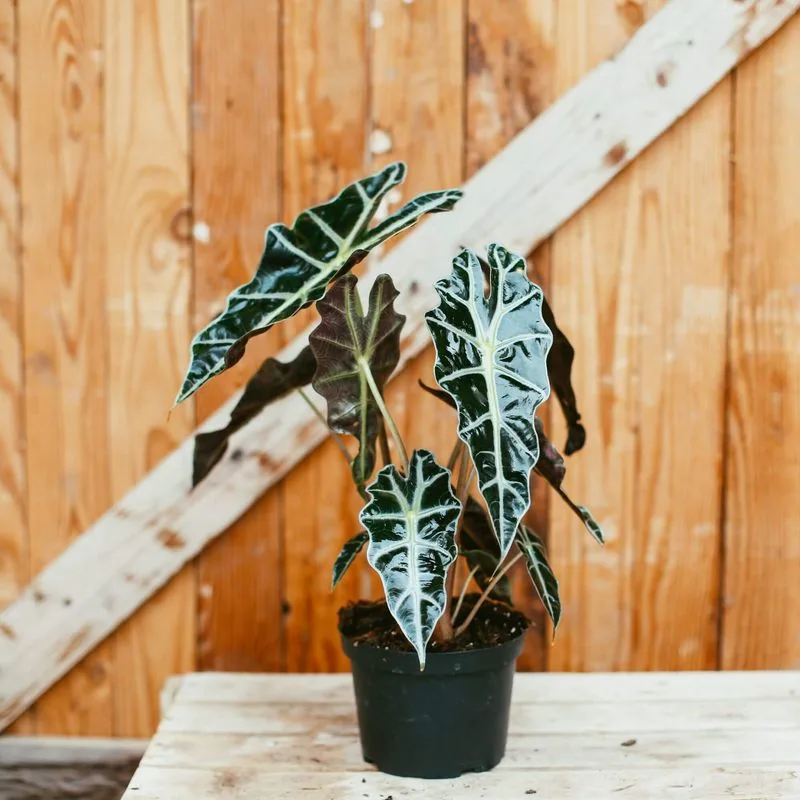
Alocasia is famed for its dramatic, heart-shaped leaves and stands out as a showpiece in any collection. Propagation involves taking a cutting with at least one leaf and placing it in a jar of water.
Bright, indirect light is ideal for encouraging healthy root development. Patience is essential, as Alocasia can be slow to root, but the results are worth it. Its bold foliage creates a captivating focal point, perfect for adding flair to contemporary interiors. This plant requires consistent attention to water quality, ensuring it remains fresh and clean.
Begonia
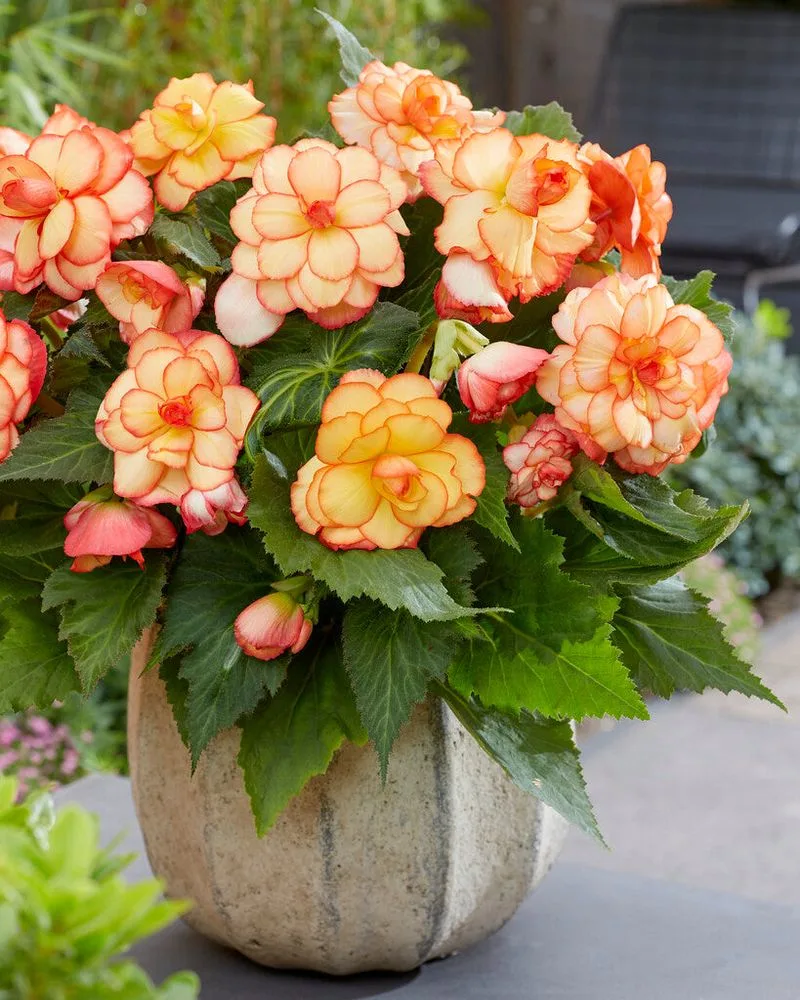
Begonias, with their colorful, patterned leaves, offer a touch of whimsy to any indoor garden. Propagation is simple: take a cutting with a few leaves and place it in a container of water.
Position it in bright, indirect light and regularly change the water to prevent stagnation. Over time, roots will develop, and the plant will grow. Its unique foliage patterns make it a favorite for adding personality to indoor spaces. With so many varieties to choose from, Begonias allow for creativity and personalized styling in home decor.
Jade Plant
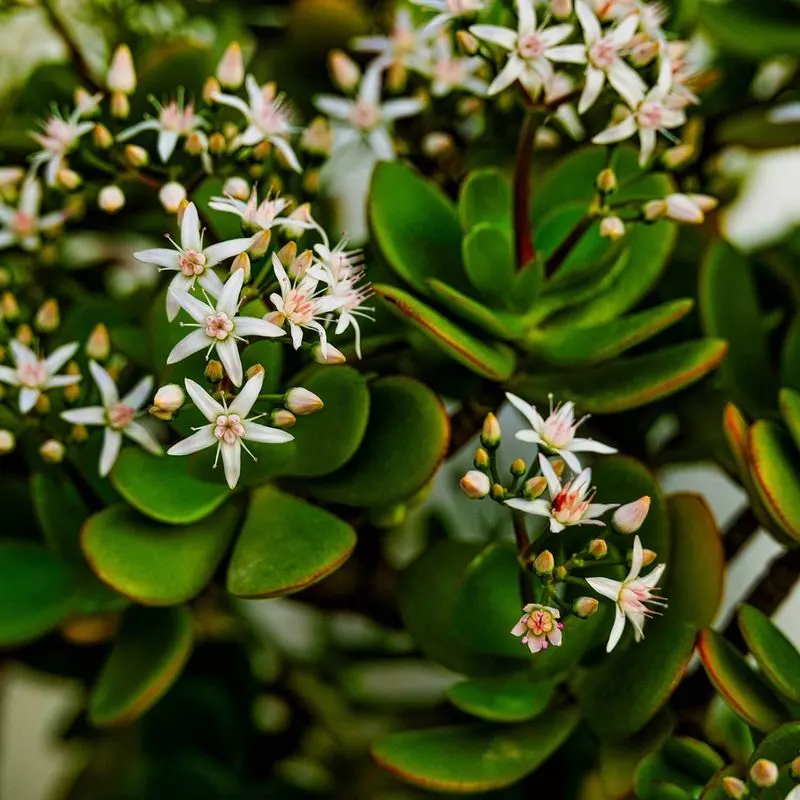
The Jade Plant, often associated with good luck, features thick, fleshy leaves and is easy to propagate in water. Snip a healthy stem with a few leaves and place it in a jar of water.
Ensure it receives plenty of indirect sunlight, promoting faster root growth. As the plant begins to establish roots, new growth will appear, adding charm to any space. Its low-maintenance nature makes it perfect for beginners, while its striking appearance appeals to seasoned plant enthusiasts. With its compact size, the Jade Plant is ideal for desktops and small spaces.

